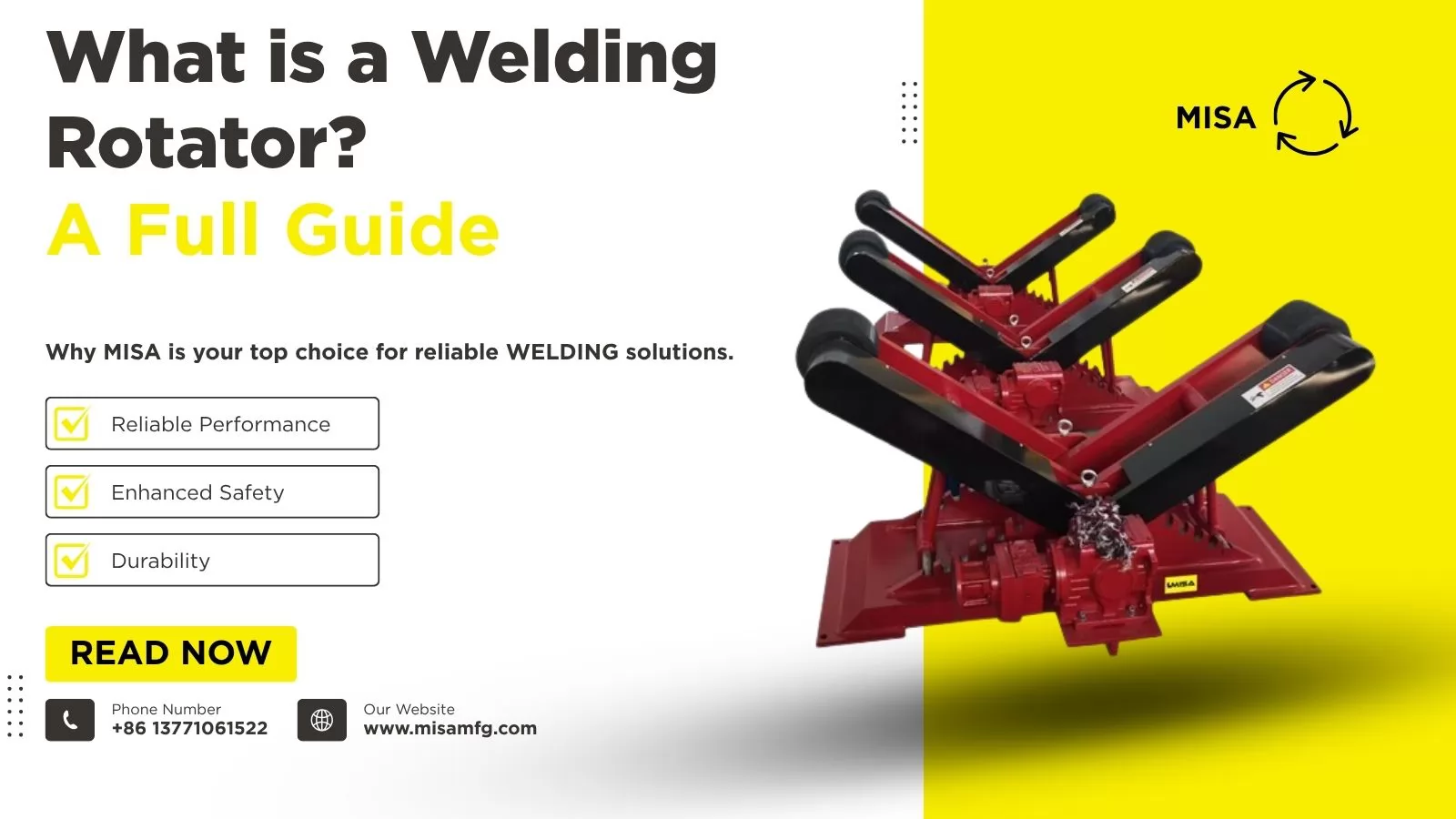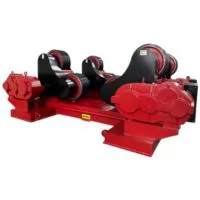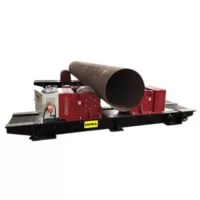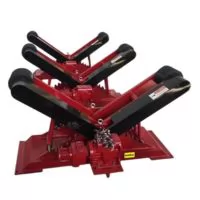


.png)
.png)
.png)



A welding rotator, also known as a turning roll or tank turning roll, is a piece of equipment used to rotate cylindrical workpieces like pipes, tanks, and pressure vessels during welding. It consists of rollers that support the workpiece and a drive mechanism to rotate it, allowing welders to maintain a stationary position while the weldment rotates, improving weld quality and efficiency.
This essential tool is designed to streamline the welding process, making it an invaluable asset in industries that handle large or heavy cylindrical components. By automating the rotation of the workpiece, welding rotators reduce manual labor, enhance precision, and ensure consistent welds, ultimately saving time and costs. In this comprehensive guide, we will explore the key features, benefits, applications, and more about welding rotators to help you understand their role in modern welding processes.
Welding rotators offer a range of features that make them indispensable for welding cylindrical objects. Below are the primary features and benefits that highlight their importance:
These benefits make welding rotators a critical tool for industries aiming to optimize their welding processes while maintaining high standards of safety and quality.
Welding rotators use friction to rotate the workpiece. The cylindrical workpiece is placed on the rollers, and the drive mechanism rotates one or more of the rollers, causing the workpiece to spin. This allows the welder to focus on the welding process without constantly moving the workpiece or themselves.
The system typically consists of a set of powered rollers (drive rolls) and idler rollers. The drive rolls are connected to a motor that controls the speed and direction of rotation, while the idler rollers provide additional support. The rotation speed can be adjusted to suit the welding requirements, ensuring optimal control over the welding process. This mechanism is particularly effective for heavy or large workpieces that would be difficult to rotate manually.
Advanced welding rotators may also include features like programmable controls, variable speed settings, and alignment adjustments to accommodate different workpiece sizes and welding techniques. This flexibility ensures that welders can achieve precise and consistent results across various projects.
Welding rotators are widely used across multiple industries due to their ability to handle cylindrical components efficiently. Below are some of the key industries and applications where welding rotators play a vital role:
These applications demonstrate the versatility of welding rotators, making them a cornerstone of industrial welding processes across diverse sectors.
Welding rotators come in various types, each designed to meet specific welding needs and workpiece requirements. Understanding the different types can help you select the right equipment for your project. The main types include:
Each type of welding rotator is engineered to address specific challenges in welding, ensuring that businesses can find the right solution for their unique needs.
Selecting the appropriate welding rotator for your project requires careful consideration of several factors to ensure optimal performance and cost-effectiveness. Here are key considerations to guide your decision:
By evaluating these factors, you can select a welding rotator that aligns with your project requirements and enhances your welding operations.
Proper maintenance and safe operation of welding rotators are crucial for ensuring their longevity and protecting workers. Here are some essential tips:
Adhering to these maintenance and safety practices will help maximize the efficiency and safety of your welding rotator operations.

MISA’s Self-Aligning Rotators are designed to simplify welding processes by automatically adjusting to varying workpiece diameters.
Learn More

MISA’s Conventional Rotators deliver smooth, consistent rotation for cylindrical workpieces like pipes, tanks, and pressure vessels.
Learn More

MISA’s Pipe Spool Rotators are engineered for precision welding of pipe spools in industries like oil and gas, energy, and infrastructure.
Learn MoreIn summary, a welding rotator is a valuable tool for anyone working with cylindrical objects in welding applications, as it greatly enhances safety, efficiency, and weld quality. By automating the rotation of workpieces, welding rotators reduce manual labor, improve precision, and streamline industrial welding processes. Whether you’re in pipe manufacturing, shipbuilding, or pressure vessel construction, investing in a high-quality welding rotator can significantly boost productivity and ensure consistent, high-quality welds.
With various types of welding rotators available, from conventional to self-aligning models, businesses can choose the equipment that best suits their needs. By understanding their features, applications, and maintenance requirements, you can make an informed decision to optimize your welding operations and achieve better results. For industries relying on cylindrical welding, a welding rotator is not just a tool—it’s a game-changer.


